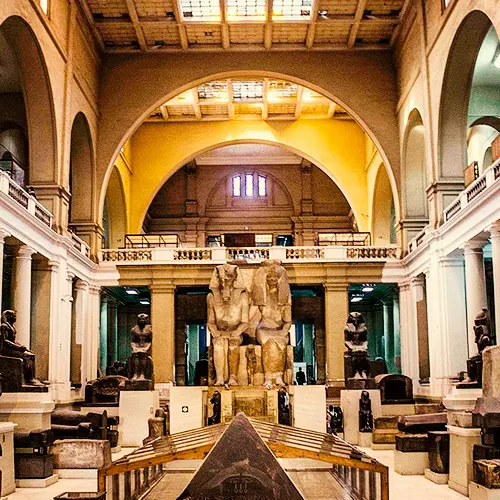
The Valley of the Kings is the cemetery of the most famous kings in ancient Egyptian history of the new kingdom. It is located on the west bank of the Nile River in Thebes, or Luxor city now.
It is considered as one of the most important archaeological sites and historical destinations in the world, which motivated the archaeologists to do excavations there.
This valley is divided into two valleys, the east and the west. The east valley is more famous than the west one, as the west valley houses few tombs.
The valley contains 62 tombs and almost twenty unfinished tombs. King Thutmose I was the first King was buried in this valley, while King Ramses VVI was the last one. Then Kings of the 18th, 19th, and 20th dynasties also buried here. The most famous royal tomb in this valley is the tomb of King Tutankhamun that was discovered nearly intact.
The name of Valley of the Kings is not entirely accurate, as there are members of the royal family and a few non-royal who very high-ranking as the tomb of Yuya and Tuya were buried here.
- The Amduat depicting the journey of the sun god during the 12 hours of the night.
- The Book of Caves showing the underworld divided into caves where the gods and the dead waiting for the sun god to bring them back to life.

- This site was chosen according to the ancient Egyptian beliefs in the afterlife, as they thought that the sun god (Ra) set (died) in the western horizon to be reborn and rejuvenated in the eastern one. So the ancient Egyptians considered the west as funerary associations.
- This mountain takes the shape of the pyramid, the symbol of rebirth and eternal life in ancient Egyptian beliefs.
- This valley is isolated what provides more Anti-theft protection for the corpses of kings buried in it.
There are a huge number of workers who were working in the construction of this great valley. So these workers needed a near home to live, so they built Deir El-Medina or the Village of Workers.









